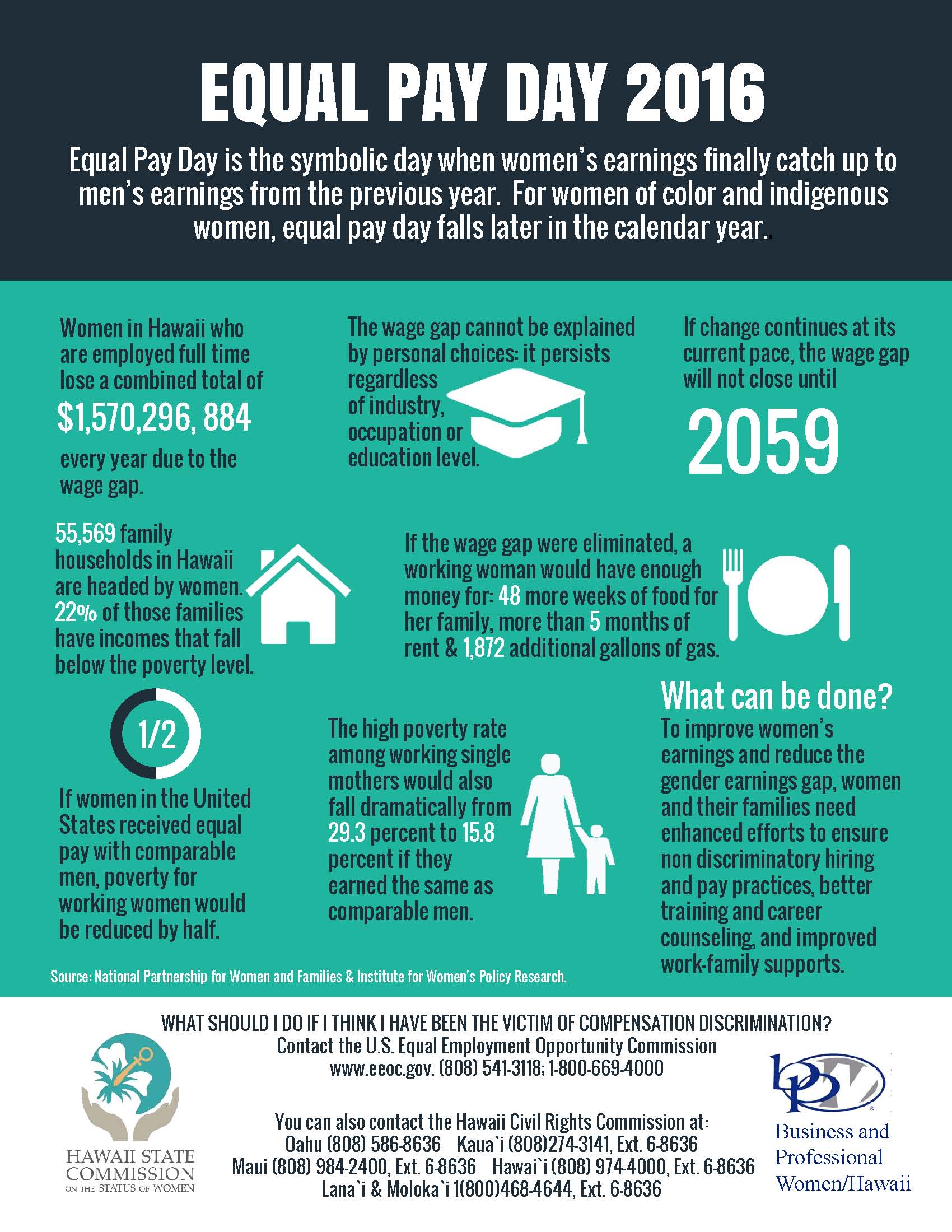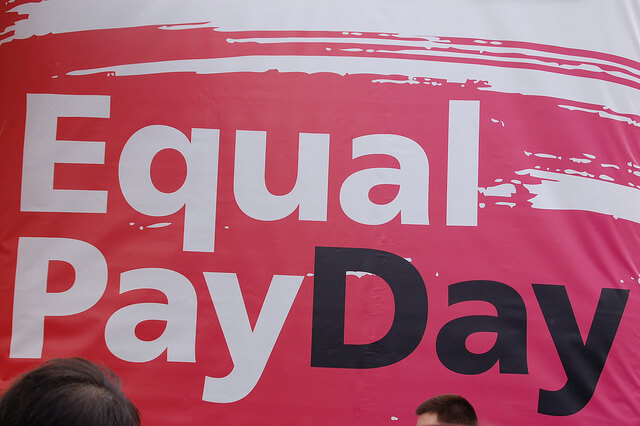


These inequities can be rectified by shifting power from corporations to communities to ensure we are making equitable policy choices that benefit more than a corporate bottom line. The institutional barriers that exclude Black women from economic security are the result of decades of deliberate public policy choices that hit women of color the hardest. Jackson Women’s Health Organization decision, which will devastate Black families who already face disproportionate economic burdens when it comes to bearing and raising children. The extremist Supreme Court added to this burden with the Dobbs v.
Equal pay day by race full#
And Black women workers have been yet again excluded from full economic recovery, facing unemployment rates that would still be considered recessionary if they were applied to all workers. Women lost 1.4 million jobs, largely in industries in which Black women are overrepresented such as services and hospitality. The pandemic has only exacerbated the disparity. Over the course of 40 years of full-time work, a Black woman stands to lose almost $1 million compared to the pay of a white man. In 2019, Black women lost $39.3 billion in wages compared to white men, due largely to occupational segregation. Our country’s first national labor law, the National Labor Relations Act of 1935, explicitly excluded agricultural and domestic workers, a large proportion of whom were Black.īlack women still labor under the long shadow of slavery and systemic racism. Throughout chattel slavery, Black women had no claim to the wealth their labor created. Black women’s work has always been undervalued.


 0 kommentar(er)
0 kommentar(er)
